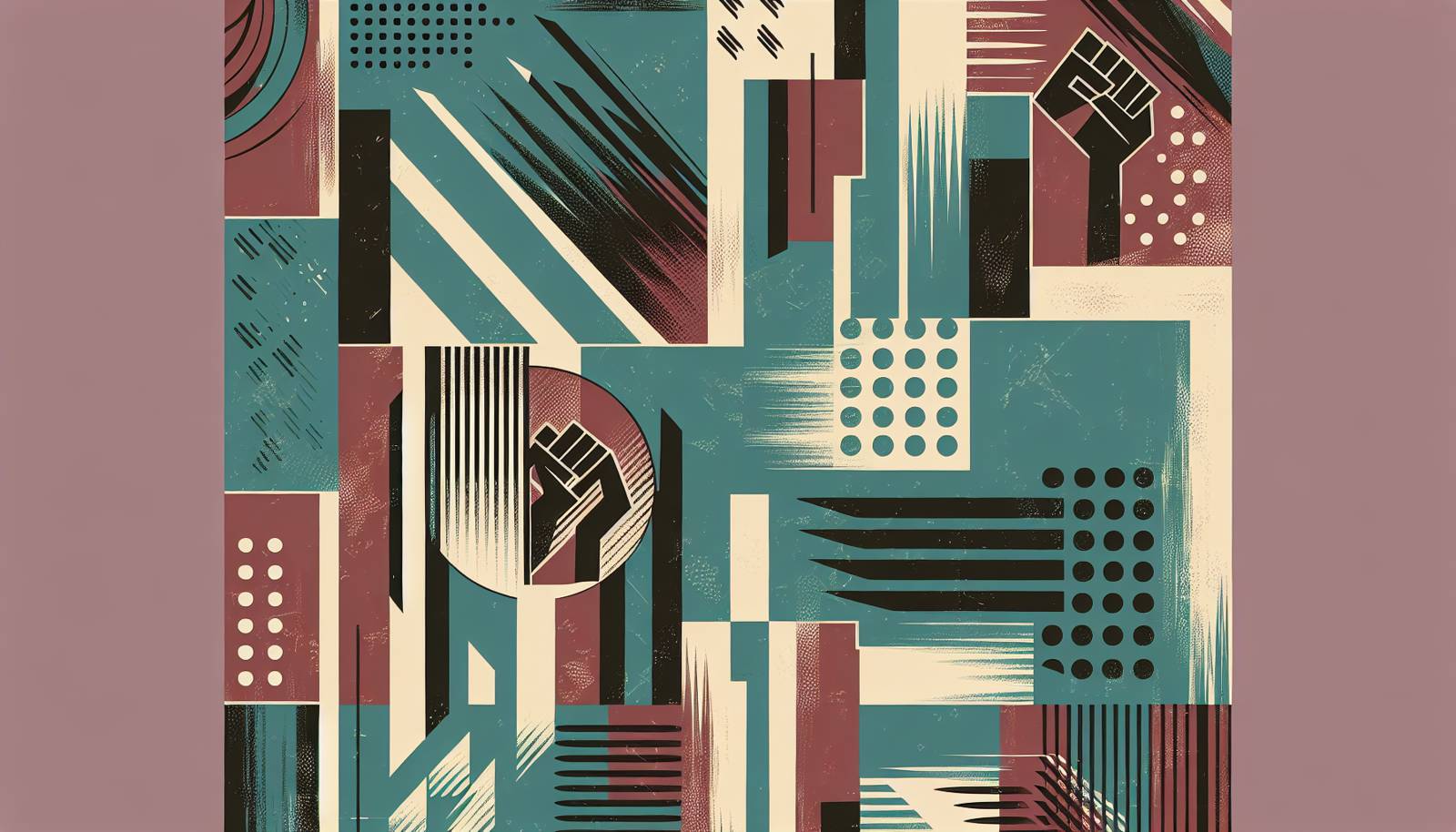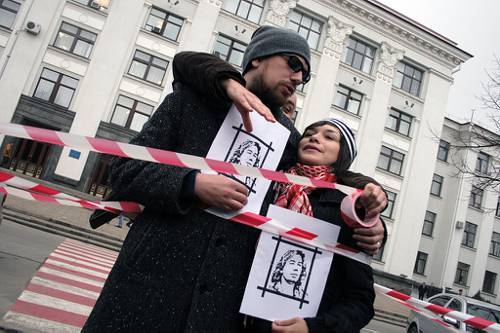
FAQ About The Role of Protest Pop Art in Political Movements

What is Protest Pop Art?
Protest Pop Art is a form of visual art that combines pop art elements with political and social activism. It emerged as a medium to voice dissent and challenge the status quo, using bright, bold visuals and iconic images to convey political messages.

How did Protest Pop Art emerge as a tool for political movements?
Protest Pop Art emerged during the 1960s and 1970s alongside various civil rights and anti-war movements. Artists began to use popular culture icons and styles to critique consumerism, government policies, and social injustices, making political art accessible and engaging for the public.

Who are some notable artists associated with Protest Pop Art?
Artists such as Andy Warhol, Keith Haring, and Barbara Kruger are notable figures. While Warhol’s work was more focused on celebrity culture, Haring and Kruger used visual styles of pop art to address issues like AIDS awareness and consumerism.

How does Protest Pop Art influence public perception?
Protest Pop Art uses familiar images and styles to engage the audience emotionally and intellectually, often provoking thought and discussion about social issues. Its bold visuals and straightforward messages can simplify complex issues and reach a wider audience, thereby influencing public perception.

What are some famous examples of Protest Pop Art?
One famous example is Barbara Kruger's work, which often uses bold text to comment on consumer culture. Keith Haring's art, filled with symbols and vibrant colors, raised awareness for issues like AIDS and apartheid. Another example includes Shepard Fairey's iconic "Hope" poster for Barack Obama’s 2008 presidential campaign.

What makes Pop Art suitable for protest?
Pop Art is inherently accessible due to its use of familiar cultural imagery and its often vibrant and engaging aesthetic. This accessibility makes it an ideal medium for protest, as it can quickly capture attention and communicate powerful messages at a glance.

How does Protest Pop Art differ from traditional political art?
Unlike traditional political art, which might employ classical techniques or subtle messaging, Protest Pop Art is characterized by the use of modern, popular cultural imagery and bold, clear messaging. It often leverages irony and cultural references to communicate its points.

Has Protest Pop Art been effective in influencing political changes?
While the direct impact of Protest Pop Art on political change can be difficult to measure, its role in facilitating dialogue, raising awareness, and mobilizing communities around social issues is significant. It helps shape public opinion and can influence the cultural and political landscape.

What role did Pop Art play in the 1960s civil rights movement?
During the Civil Rights Movement, artists used pop art to create powerful imagery that highlighted issues of race and equality. This art often aimed to provoke thoughts and emotions, thereby spreading the movement’s message more broadly.

Can Protest Pop Art be used as a tool for propaganda?
Yes, just as Protest Pop Art can challenge dominant narratives and support grassroots movements, it can also be used for propaganda. The same methods of engaging, accessible art can be harnessed to spread messages that serve particular ideological ends.

How has Protest Pop Art evolved with digital technology?
The rise of digital technology and social media has transformed Protest Pop Art, making it easier for artists to share their work and reach global audiences instantly. Digital tools allow for quicker production and dissemination, enabling real-time responses to political events.

What is the impact of commercialization on Protest Pop Art?
Commercialization can dilute the urgency and authenticity of Protest Pop Art by transforming it into a consumer product. However, it can also spread the message to a broader audience, allowing the artwork to enter mainstream consciousness.

How do contemporary Protest Pop Art works address climate change?
Contemporary Protest Pop Art often tackles climate change by combining striking visuals with data-driven messages that highlight the urgency of the crisis. Artists use compelling graphic designs to capture attention and provoke discussion about environmental issues.

Why do some critics argue that Protest Pop Art is not true activism?
Some critics claim that Protest Pop Art is superficial, arguing that it simplifies complex issues and reduces activism to mere visual consumption. They contend that real activism requires sustained effort and action beyond artistic expression.

How can art institutions support Protest Pop Art?
Art institutions can support Protest Pop Art by providing platforms for exhibitions, funding political art projects, and facilitating public discussions that engage broader audiences. By doing so, they help legitimize and amplify the messages contained within these works.

Is there a connection between consumer culture and Pop Art in political contexts?
Yes, Pop Art often comments on consumer culture by using mass-produced images and branding. In political contexts, it critiques how identity and values can be commodified, offering a unique lens to examine both art and commerce.

What role do collaborations play in Protest Pop Art?
Collaborations can strengthen Protest Pop Art by combining diverse artistic talents and perspectives. Collaborations can also increase resource availability, distribute the workload of advocacy, and maximize the social impact of the artwork.

Are there any modern parallels to historical Protest Pop Art movements?
Modern parallels exist in movements such as the Black Lives Matter movement, where art is used extensively to communicate messages of solidarity, justice, and systemic change. Artists continue to create work that mirrors the aims and methods of historical Protest Pop Art movements.

Can individuals without formal art training contribute to Protest Pop Art?
Absolutely, one of the defining features of Pop Art is its accessibility. Many Protest Pop Artists are self-taught or come from non-traditional backgrounds, proving that the medium is open to anyone interested in using it for social or political commentary.
